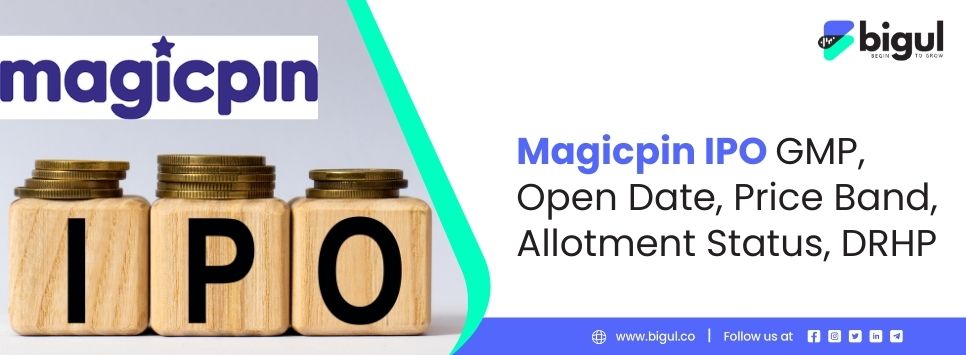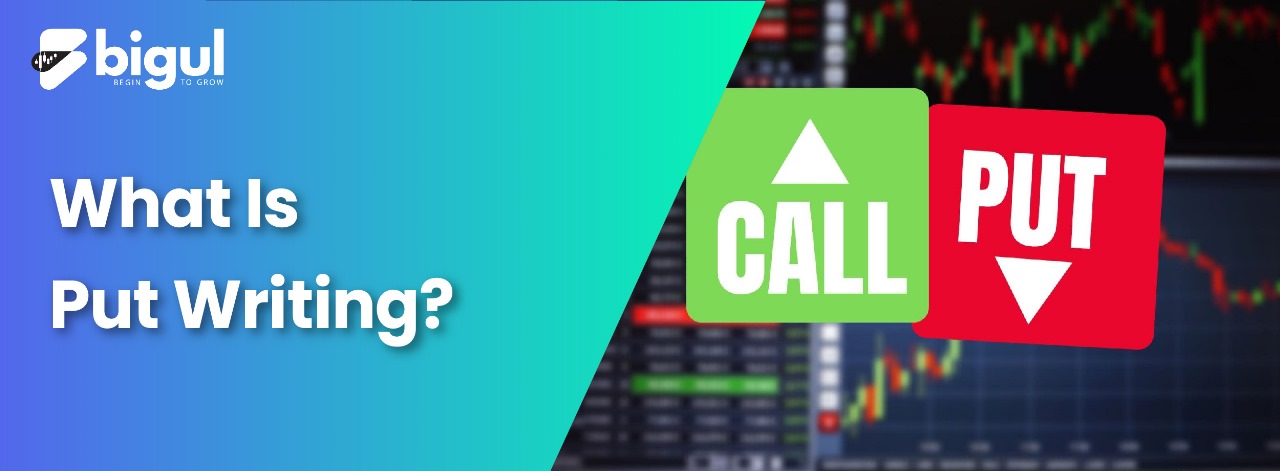Put Writing, a strategy in the world of options trading has gained significant attention due to its potential for generating consistent returns. In essence, put Writing involves the sale of put options by traders or investors, giving them the obligation to buy an underlying asset at a predetermined price. This approach is often employed when a trader expects the underlying asset’s price to rise or remain stable.
However, while offering potential gains, Writing also exposes traders to certain risks, making a thorough understanding of this strategy crucial for successful implementation in today’s dynamic financial landscape.
Also Read | Navigating the World of Put Writing: Strategies, Benefits, and More
What Is Put Writing?
Put Writing is a financial strategy utilized in options trading, a realm of the stock market. In this tactic, an investor, often a trader, sells put options to other market participants. A put option provides its holder the right, but not the obligation, to sell a particular asset at a specified price within a set timeframe.
By engaging in put writing, the trader essentially becomes the seller of this put option, obligating themselves to potentially buy the asset at the agreed-upon price if the option holder decides to exercise it. This strategy is commonly used when the trader anticipates the asset’s value will either increase or remain steady.
While Put Writing can provide consistent income, it is not without its associated risks, warranting careful consideration before implementation.
Is there a Difference Between Put Writing and Call Writing?
Yes, Call Writing differs from Put Writing. Call Writing involves selling call options, giving the trader the obligation to sell an asset at a specific price. Here is the table summarising the key differences between put Writing and call Writing:
| Aspect | Call Writing | Put Writing |
| Strategy | Selling call options | Selling put options |
| Obligation | Obligates selling of an asset | Obligates buying of an asset |
| Market Outlook | Bearish (anticipating price decrease) | Bullish or neutral |
| Profit Potential | Limited to premium received | Limited to premium received |
| Risk Exposure | Potentially unlimited | Limited to the underlying asset’s fall |
| Use Cases | Income generation in stagnant markets | Income generation in rising markets |
Call Writing and Put Writing are distinct options trading strategies, differing in their approach, underlying market outlook, and risk exposure. While call writing involves selling call options to capitalize on bearish market expectations, put Writing revolves around selling put options to potentially profit in bullish or neutral markets.
Both strategies offer income-generation potential, but they also come with varying levels of risk, making a clear understanding of their dynamics crucial for successful implementation.
Benefits of Put Writing in Options Trading
Put Writing is a strategic options trading approach that offers several benefits to investors and traders. This strategy involves selling put options with the intention of collecting premiums and potentially acquiring the underlying asset at a discounted price.
Let’s explore some of the key benefits of put Writing:
- Income Generation: Put writing allows traders to generate consistent income by collecting premiums from selling put options. As long as the options expire worthless (i.e., the market price of the underlying asset remains above the strike price), the premium received is retained as profit. This can provide a steady stream of income, particularly in sideways or mildly bullish market conditions.
- Controlled Risk: Unlike some other options trading strategies that involve unlimited risk, put Writing comes with a controlled level of risk. The maximum potential loss is limited to the difference between the strike price and the market price of the underlying asset, reduced by the premium received. This risk profile can be more appealing to conservative investors seeking to manage their exposure to market fluctuations.
- Potential to Acquire Assets at Discount: If the market price of the underlying asset falls below the strike price, the put option seller might be obligated to buy the asset at the agreed-upon strike price. While this may seem like a potential downside, it can actually be advantageous. Investors who are interested in owning the underlying asset at a discounted price may see this as an opportunity to acquire it below its market value.
- Flexibility in Strategy: Put Writing can be tailored to different market scenarios. Traders can choose strike prices that align with their desired entry points for acquiring the underlying asset. This flexibility enables them to adapt their strategy to changing market conditions and their own investment goals.
- Time Decay Advantage: Put options, like all options, experience time decay as they approach expiration. This means that the value of the option decreases over time, which benefits the put option seller. As time passes, the premium collected remains in the seller’s account, even if the market price of the underlying asset remains relatively stable.
- Combining with Other Strategies: Put Writing can be integrated into a diversified options trading portfolio. It can be used in conjunction with other strategies, such as covered calls, collar strategies, and protective puts, to create a balanced approach to risk and reward.
- Lower Capital Requirements:Compared to directly purchasing the underlying asset, Put Writing requires less upfront capital. Instead of buying the asset outright, traders only need to meet the margin requirements set by their broker to sell put options. This makes it a more accessible strategy for investors with limited capital.
Psychological Benefits
Put Writing can provide a sense of control and discipline to investors. By selling put options, traders take a proactive approach to generating income and managing risk rather than solely relying on market appreciation.
Strategies for Put Option Writing
Here are some strategies for put-option writing presented below:
Cash-Secured Put: Sell a put option while having sufficient cash to cover the potential purchase of the underlying stock at the strike price.
Naked Put Writing: Sell a put option without holding the underlying stock, exposing you to potentially unlimited losses if the stock price drops significantly.
Bullish or Neutral Outlook: Use put Writing when you expect the underlying stock to either rise or remain relatively stable.
You can also use more complex strategies by combining put writing with other options and futures positions:
- Short Put Synthetic
- Long/Short Put Condor
- Short Put Ladder
- Short Put Butterfly
- Put ratio backspread
- Bear Put spread
Conclusion
Put Writing stands as a strategic options trading approach where investors sell put options with the anticipation that the underlying asset’s price will either rise or remain stable. This technique offers potential benefits such as generating income and capitalizing on bullish market sentiments. However, it’s not without risks, as market downturns can lead to substantial losses.
A thorough understanding of market dynamics and risk management is crucial for successful Put Writing implementation.
Also Read | What Is Delta Hedging? Reduce Risk in Options Trading
.jpg)
.jpg)





 1.jpg)

.jpg)
